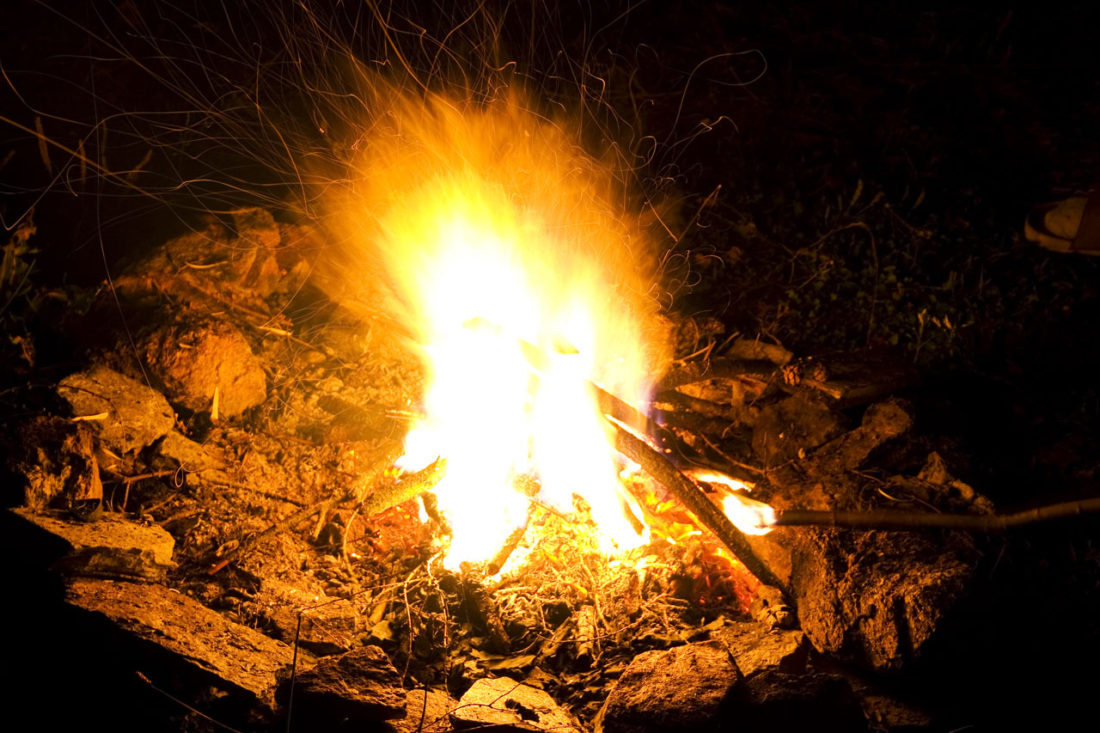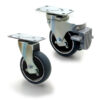Choosing Your Flame Imaging System
Many industries, especially those involving oil and gas, and the ceramics industries, which use kilns at extreme temperatures, need continuous monitoring equipment to prevent devastating fires.

The types of flame hazards facing industries
As technology and industry becomes more sophisticated, potentially hazardous materials increase in number. This means that industries need increasingly sensitive flame-detecting equipment to prevent these hazards becoming a reality. Nowadays, many sectors make use of chemicals like alcohols, ethylene, diesel, hydrogen, kerosene and even more innocuous materials like paper, textiles and wood. They can all cause fires.
How flame detector and imaging cameras work
Most flame imaging cameras use optical measuring – looking at ultraviolet (UV) and infra-red (IR) spectroscopy and visual imaging methods. In a refinery setting, for example, the flames emanate from the combustion of hydrocarbons and oxygen, which produces heat and carbon dioxide, as well as other products. This reaction produces UV, IR and visible-light radiation and these imaging cameras detect these types of light. They look for particular wavelengths, which means they are able to tell the difference between real flames and “false alarms”.
Flame detection technologies
Today we have four main optical flame-sensing methods – ultraviolet, infra-red, multi-spectrum infra-red and visual. All use line-of-sight radiation detection and systems can be adapted to meet the detection range, field of view, elimination of false alarms and response times.
The emission energy spectrum
UV flame detectors
These pick up radiation at ranges of 180-260 nanometres. They have good sensitivity and response times at short ranges (up to 50 feet) and are used indoors because they can pick up interference from halogen lamps, arc welders and even lightning strikes. They can also be prone to fail if there’s thick smoke or soot.
UV-IR detectors
This is when a UV detector is combined with an IR detector and this combination offers a dual-band detector that picks up two types of light, offering indoor and outdoor use, as well as extra protection against false alarms. This detector can still, however, be impeded by smoke.
Multi-spectrum infra-red flame detectors
These detectors pick up several infra-red spectral bands so they can better tell the difference between flames and radiation sources that aren’t from flames. These detectors are useful in smoke and can operate from as much as 200 feet away from the flame source. They aren’t susceptible to arc welding, sunlight or other hot objects.
Visual flame imaging flame detectors
These use charged couple device image sensors, commonly found in CCTV cameras and they use algorithms to detect flames and fires. Cameras of this type look at the shape and growth of flames, so they’re useful in applications where there are existing, controlled flames. They can spot uncontrolled, accidental fires. These detectors aren’t able to see flames from substances like hydrogen, which are invisible to the naked eye. They are also less useful in heavy smoke.
What an industrial plant needs from a flame detection system
When a flame detection system is being installed and configured, there are some essential performance criteria that need to be included, such as detection range, immunity to false alarms, response times, field of view and self-diagnostics.
It’s vital to eliminate as many false alarms as possible as these lead to excessive downtime, costing time, money and productivity. A good system can tell the difference between bright sunlight and the start of a fire.
Range and response times
Early responses and distances are also vital – the bigger the distance and the quicker a detector can respond, the better it is at detecting fires and sounding the alarm in good time.
The field of view
The wider the field of view (FOV) and the longer the detection range, the better, as there will be fewer detectors needed per installation or setting. Most modern detectors have an FOV of between 90-120 degrees.
Self diagnostics
In order to remain reliable, most detector systems are able to monitor themselves to make sure that the optical path is unobscured and that all the circuits are working properly. Most systems check themselves once a minute and if a fault or blockage is detected twice, then it’s reported to the operative.










